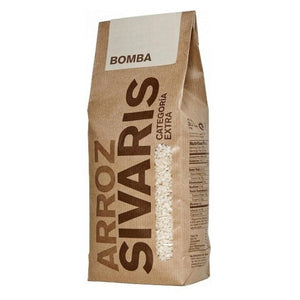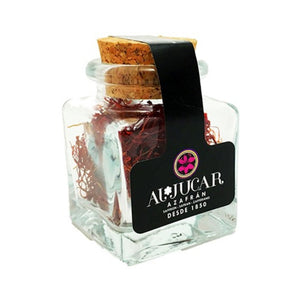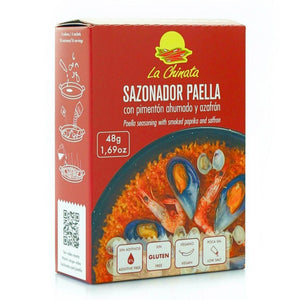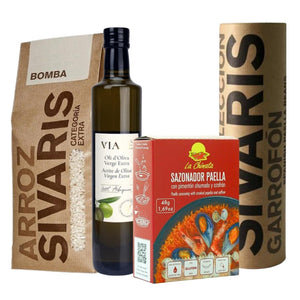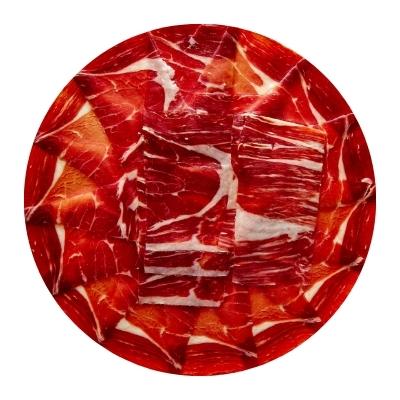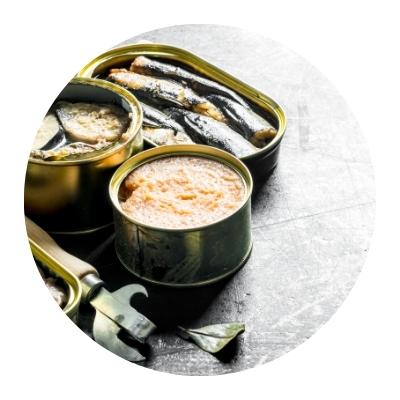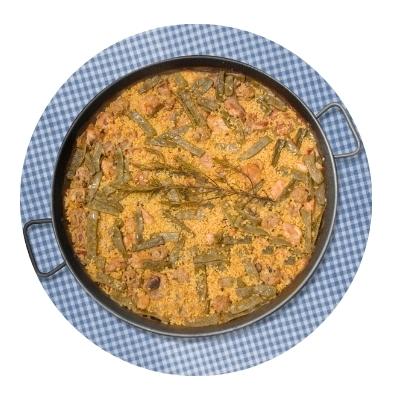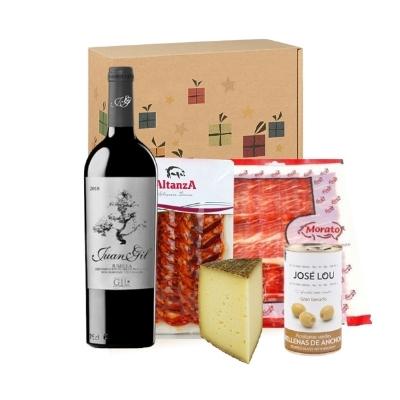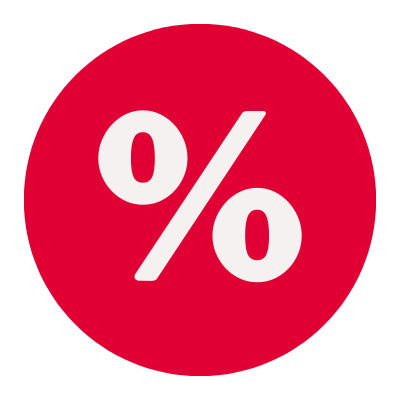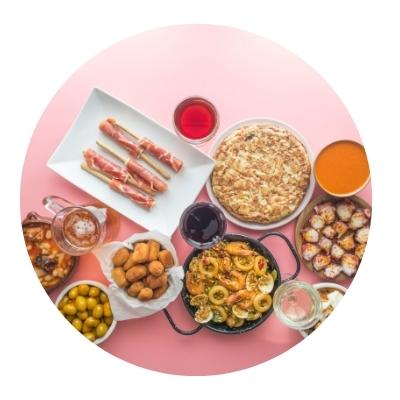The Paella Guide: Everything You Need To Know
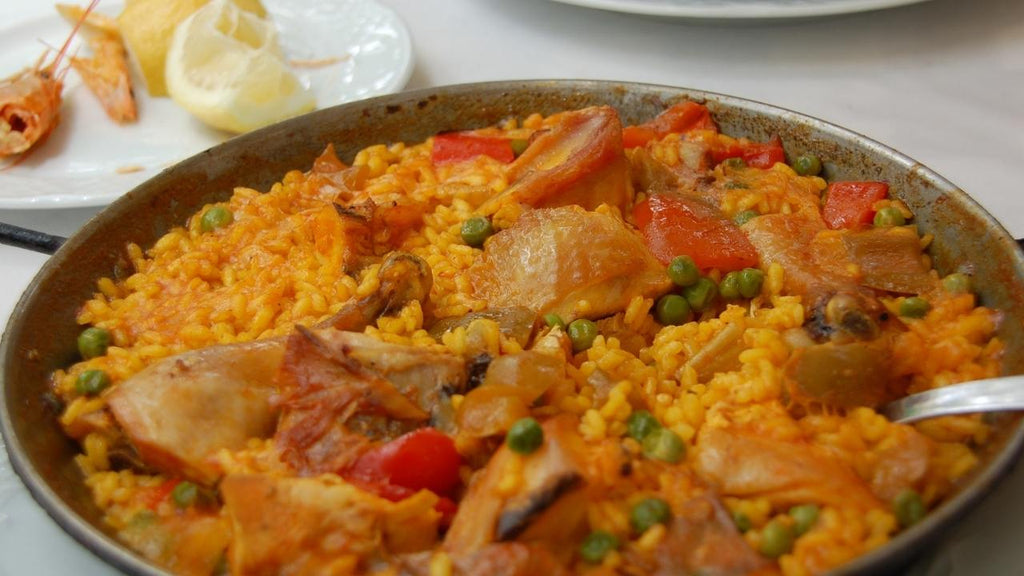
Paella is Spain's most international dish, but it has become so famous that its true essence is often lost as so many versions and cooks add and subtract ingredients and even vary the way it is cooked.
In this practical guide we will take a closer look at all aspects of authentic paella: its preparation, the basic ingredients, the rice, the sofrito and much more. So read on if you want to know all the secrets of this legendary recipe.
What is paella?
Paella is Spain's most popular rice dish and the icon of its cuisine. It's hard to look at a big pan full of this amazing dish and not feel instantly hungry. That warm golden-orange glow of the rice, the strips of vegetables and the juicy prawns or chicken.
Where paella comes from
If you ask a Spaniard where to find good paella, they'll tell you to get on a plane to Valencia. Although its history is a bit controversial, most people agree that it originated in this city on Spain's Mediterranean coast.
This particular rice owes its creation to the workers who tended the Valencian fields just a few decades ago. Putting a handful of rice in a flat pan, and topping it with local vegetables and leftover meat, the workers used local orange tree branches to light the fire and cook the rice in the heat.
Paella ingredients
The ingredients you will find or use in your paella depend on the type of paella you want to prepare. The classic Valencian version relies on local ingredients such as typical Valencian vegetables like broad beans and garrofon, chicken and rabbit, while the seafood-laden varieties that many tourists seek out in Spain incorporate prawns, squid or mussels. And, of course, there are also vegetarian versions of paella made with all kinds of vegetables such as green asparagus or artichokes.
But regardless of the paella to be cooked, there are a series of essential ingredients whose quality is linked to the final flavour of the paella: extra virgin olive oil, short-grain round rice (the best is bomba rice), sautéed vegetables, saffron and paprika from La Vera.
The paella pan
At this point we must explain a rather widespread confusion. The word paella means frying pan in Valencian, and although in the rest of Spain we call recipes made in this pan paella, in Valencia these dishes are simply called "arroz ...". For example, what we know as Paella Valenciana, in Valencia is known as "Arroz a la Valenciana".
A good paella pan should be wide and flat to encourage the evaporation of the liquid, and the development of a good socarrat: that crispy, caramelised layer of rice on the bottom.
While these pans are ubiquitous in Spanish home and kitchenware shops, you'll have to look a little harder to find them in other parts of the world. Luckily, in our online shop you can find the same paella pans that are used in Valencia in excellent quality.
The bomba rice
Although what's on top looks delicious, a good paella is all about the rice. Short or medium-grain, starchy, round varieties of rice, such as bomba or albufera, are the stars of the show. Some locals forget about the ingredients and dive straight into the rice.
You may wonder why the type of rice is so important. The answer is absorption. Spanish rice varieties such as bomba can absorb three times more liquid than similar varieties without breaking down. The result is a rice dish that is full of flavour down to the last grain.
The fire
Traditional Valencian paellas were originally cooked over an open fire made with branches from the region's abundant orange trees. These helped to give the paella an even more aromatic flavour. Today it is still cooked this way at family gatherings and even in some rice restaurants.
If you can't cook paella outdoors with orange wood, don't worry, you can get excellent results cooking it in a conventional kitchen.
The importance of the sofrito in paella
Before adding the rice to the paella pan, you need to create a good base of flavour with the sofrito: the classic Spanish mixture of simmered vegetables, aromatic saffron and paprika. Sautéing rice in a paella pan with this great sofrito helps it to pick up a lot of flavour.
You can learn how to prepare an excellent sofrito on our blog, or buy an organic sofrito made in Cordoba from our online shop specialising in Spanish products.
Water or stock?
Believe it or not, traditional Valencian paella is cooked with water, without using stock. If you eat an authentic Valencian paella you will see that stock is not really necessary. A good sofrito will give the rice all the flavour the paella needs.
That said, sometimes a good stock can reinforce the flavour of the paella. For example in a seafood paella you can use homemade fish stock for an even tastier paella.
Introduction to Socarrat
While dishes such as risotto require the cook to stir the rice throughout the cooking process, this is not necessary in paella. In fact, most recipes ask you to leave the rice in the paella pan without stirring it.
The key is the socarrat. It is the bottom layer of rice in the pan, that crispy, almost burnt crust. Eating a good socarrat is an ephemeral experience. It is a chewy, crispy, caramelised delight that elevates the flavour to heavenly heights.
Chorizo in paella?
Occasionally in Spain and more often abroad you will see paellas with chorizo. For paella purists this is sacrilege, as they believe that chorizo should not be part of this traditional dish.
For many others, including chorizo in their paellas is normal, and even prestigious chefs such as Simone Ortega include paellas with chorizo in their recipes.
In our humble opinion, recipes do not belong to anyone, and everyone is free to experiment with the ingredients they want in their preparations.
Valencian paella
Valencian paella is the best known and is made exclusively with local produce. Being inland, the farmers and farm workers who cooked the first versions of the dish did not season their rice with different types of seafood. Instead, they took what they had on hand.
The traditional ingredients of a Valencian paella are rabbit, snails, chicken and vegetables from the Valencian garden, such as broad beans and garrofones, large beans typical of the region, which are hard to find nowadays.
If you want to learn how to make the authentic Valencian paella you can read the recipe in our blog and in our online shop you can find the essential ingredients of the Valencian paella.
Other paella recipes
In our blog you can find other paella recipes, some traditional and others more creative:
SHARE:
